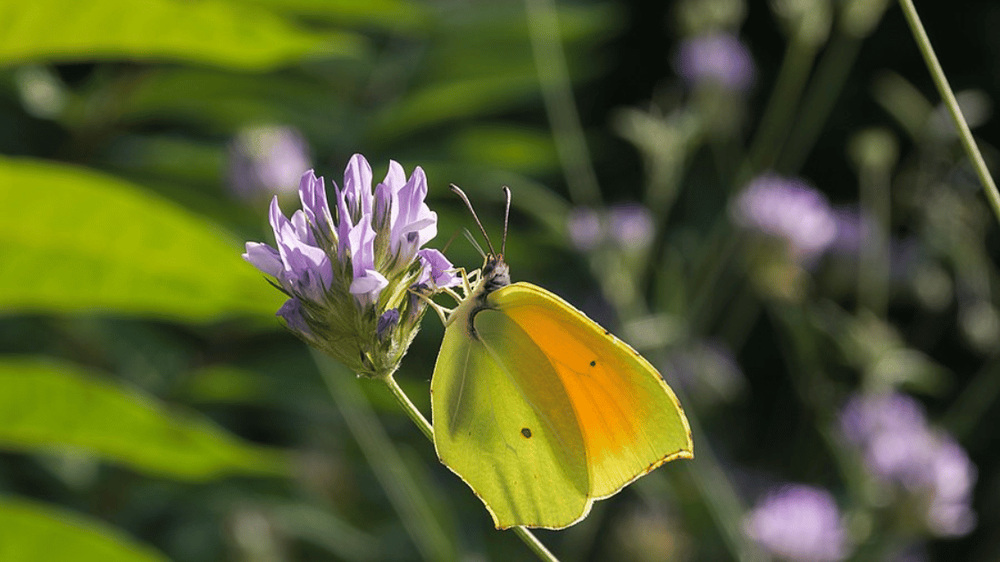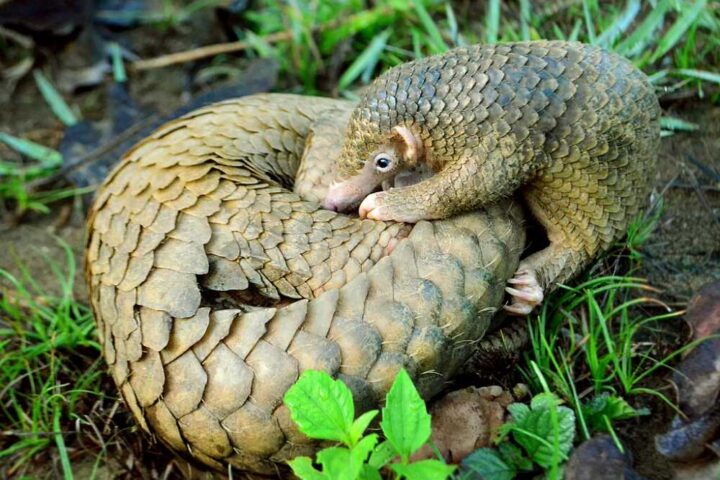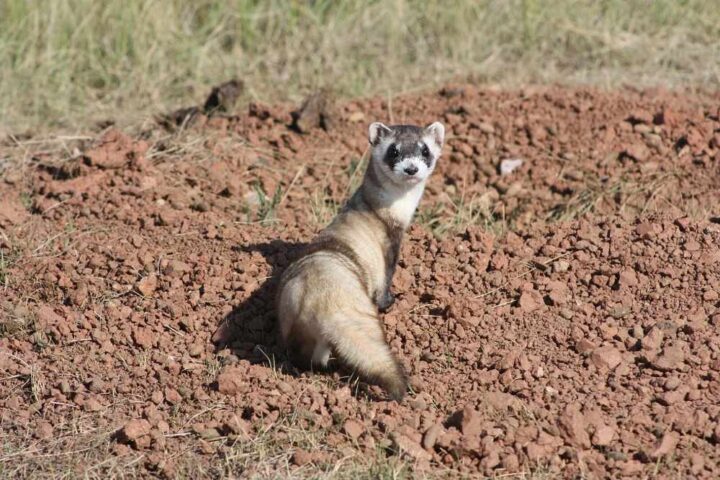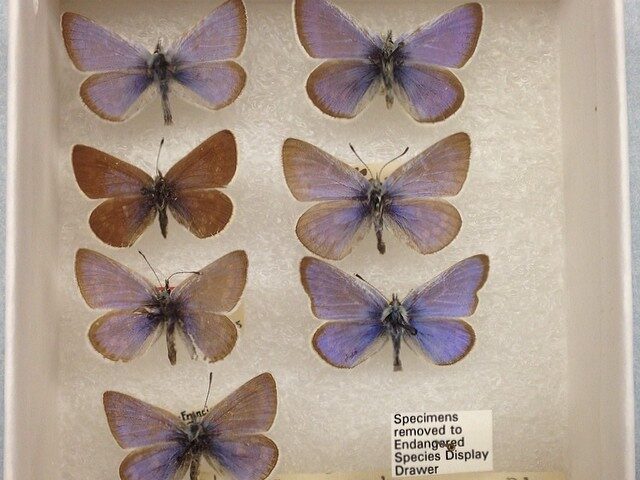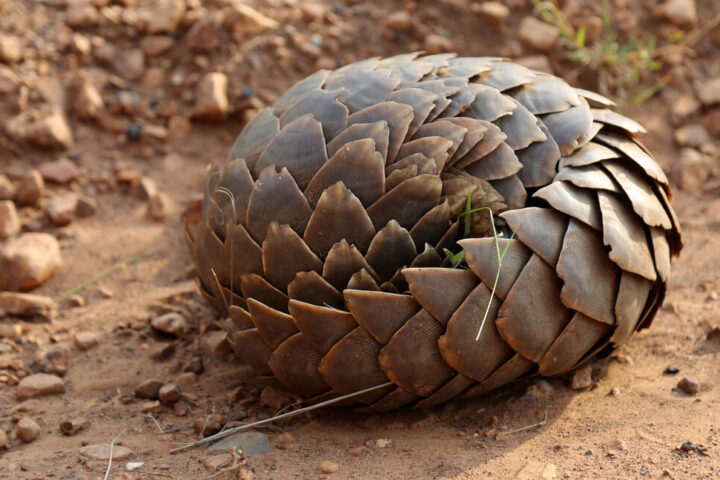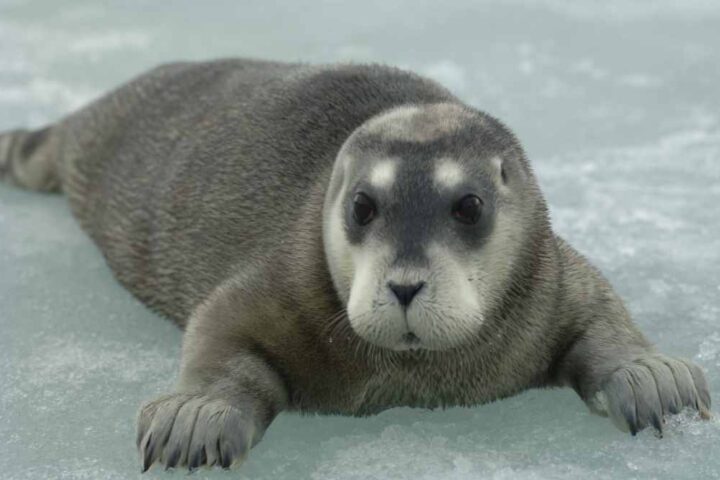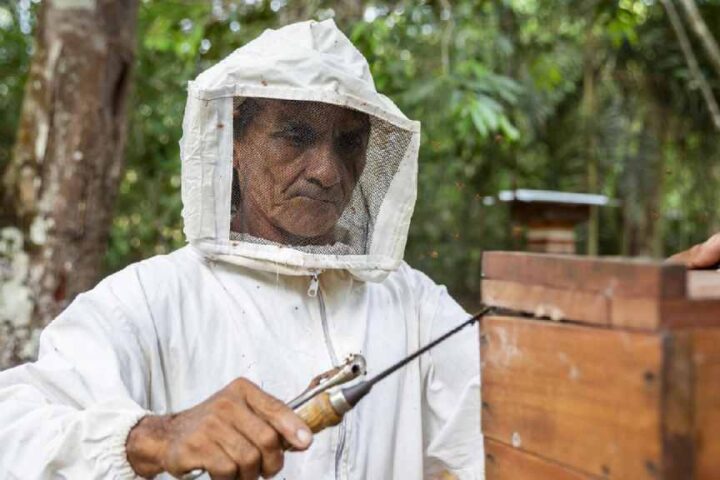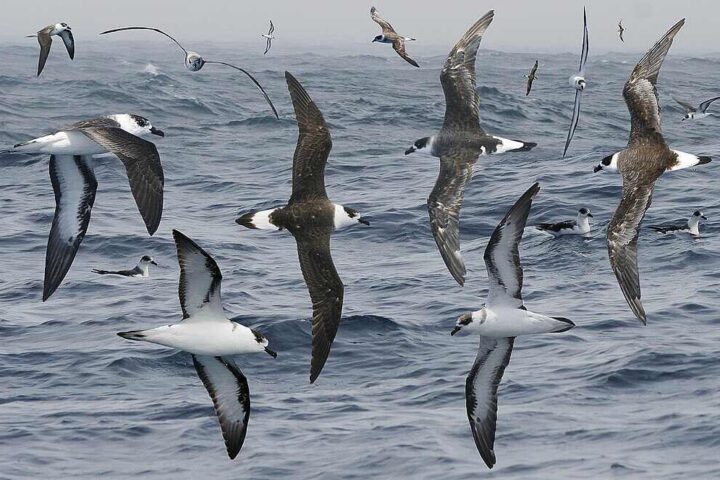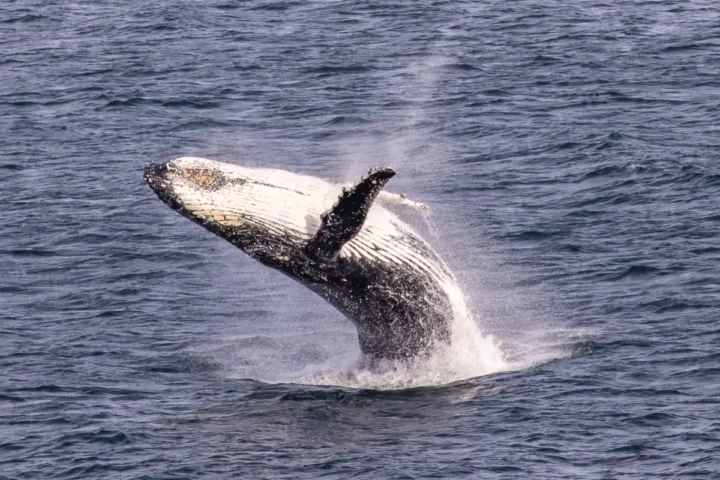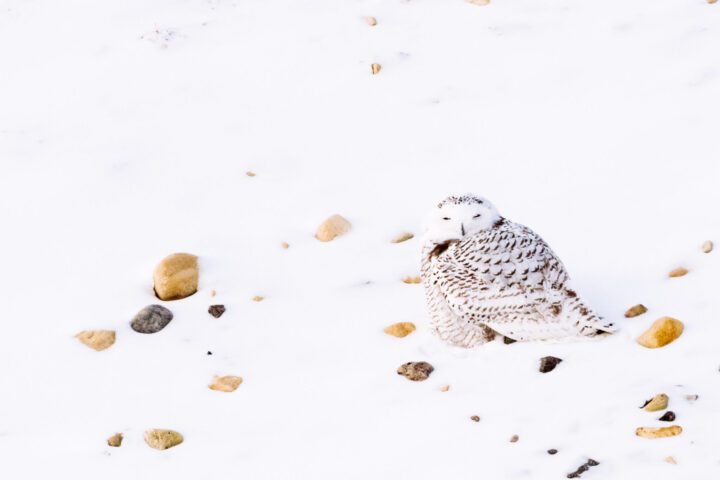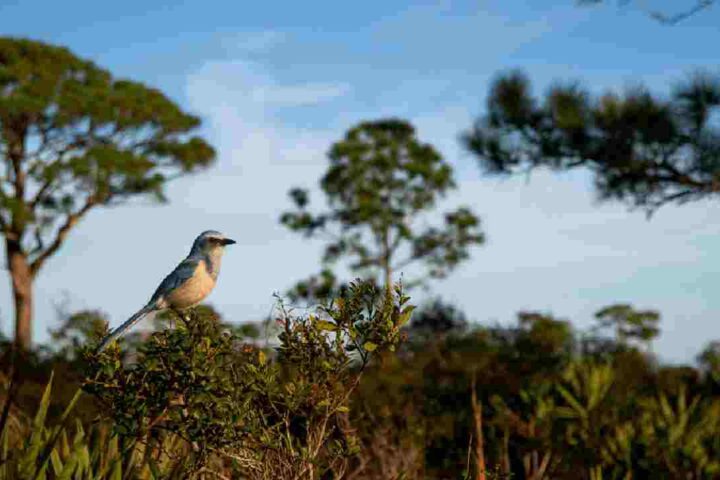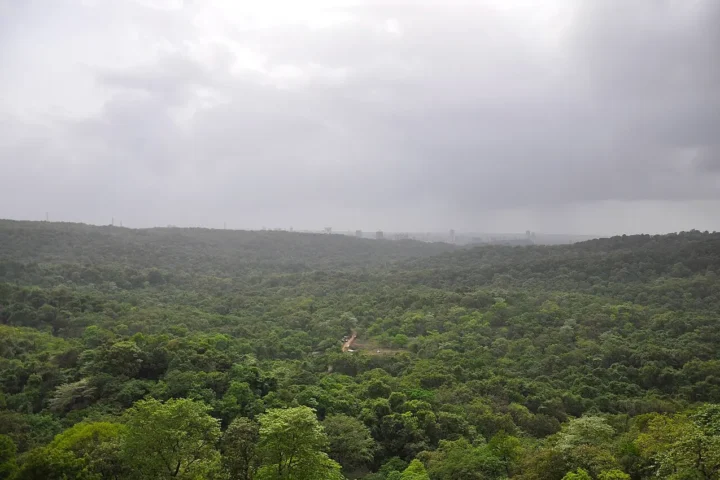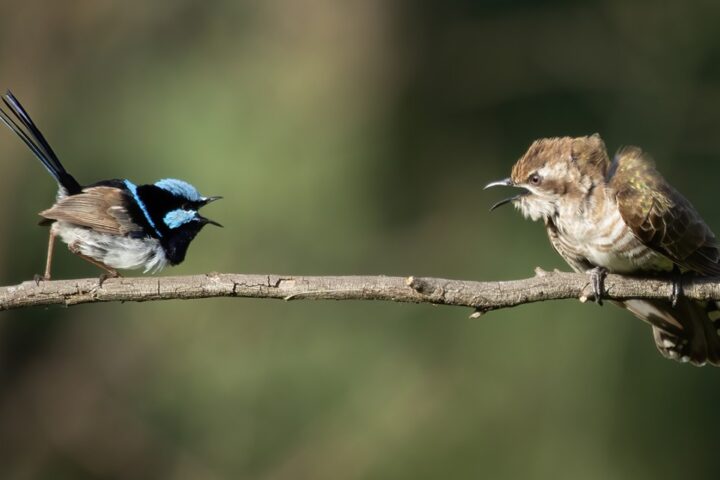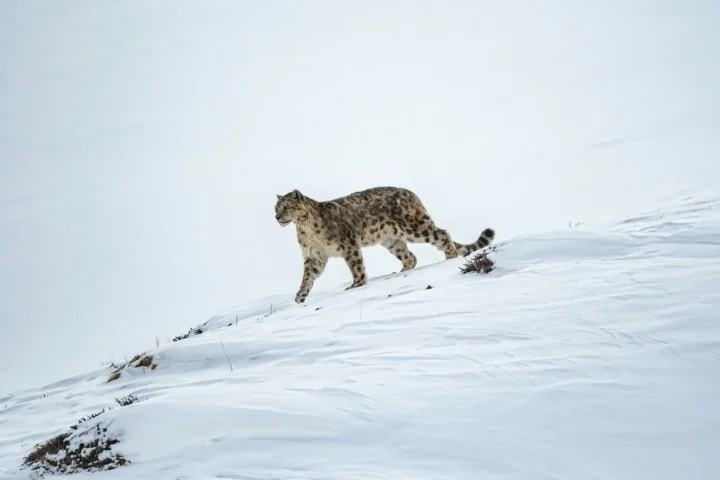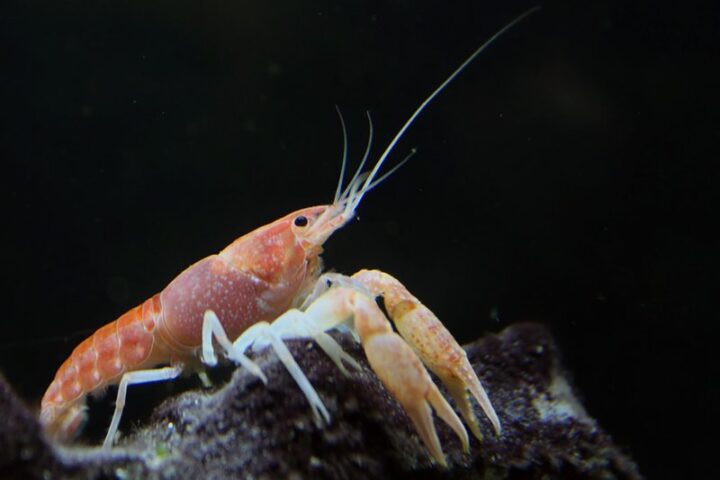In May 2023, the International Union for Conservation of Nature (IUCN) completed a significant endeavor: the development of three Action Plans for threatened pollinator species in the European Union. This initiative, a collaboration among IUCN’s Species Survival Commission, the Invertebrate Conservation Committee, the Hoverfly Specialist Group, and Buglife, marks a crucial step in addressing the conservation needs and priorities of these essential but endangered species.
These Action Plans were conceived within an EU-funded project initiated in April 2021. Over two years, the project brought together a diverse group of stakeholders—species experts, environmental NGOs, academics, staff from protected areas, and governmental authorities from across Europe. They convened in three thematic workshops, each providing a unique platform for these varied stakeholders to collaboratively shape a shared conservation vision. The workshops focused on specific pollinator groups, setting goals and actions to mitigate current and future threats. These Action Plans, aligning with the IUCN SSC 2017 Guidelines for Species Conservation Planning, are a testament to the collective effort and commitment of all parties involved.
The first Action Plan focuses on pollinators endemic to the Canary Islands’ Laurel Forest zone, a once widespread ecosystem in the Mediterranean that has suffered significantly from human activity. This plan aims to protect four insect species—two butterflies, one bee, and one hoverfly—threatened by habitat destruction, alien species, and climate change.
The second plan addresses the plight of wild bees specialized in teasel plants, highlighting their vulnerability to extinction due to changes in land use, agricultural intensification, and the decline of xerothermic grasslands. These changes have led to the loss of teasel plants, crucial for the survival of six bee species.
Lastly, the third Action Plan is dedicated to six hoverfly species that rely on veteran trees and wet, decaying wood. These saproxylic insects are not only vital pollinators but also play roles as nutrient recyclers, pest predators, and ecosystem health indicators. The plan emphasizes the need for forestry practices that consider the requirements of these species, particularly in the management of dead wood and ancient trees.
Similar Posts
Each of these Action Plans outlines specific goals to improve the status of these pollinators, backed by a set of actions, indicators, timelines, and involved actors. These goals and actions are designed collaboratively, considering the input and expertise of various stakeholders.
In the coming months and years, it will be crucial to translate these plans into concrete actions. This initiative aims to unite stakeholders in driving positive change, striving to realize the conservation vision developed through this extensive collaborative process.
Additionally, for those seeking further information on other threatened European pollinators, the report “Species Action Plans for EU Pollinators Shortlist of 15 Species Action Plans” offers valuable insights. This report compiles information on fifteen pollinator groups considered in this project, all of which would greatly benefit from tailored action plans.
The development of these Action Plans by IUCN reflects a forward-looking approach to conservation, embodying the collaborative spirit and interdisciplinary effort necessary to tackle the complex challenges facing our planet’s biodiversity.
